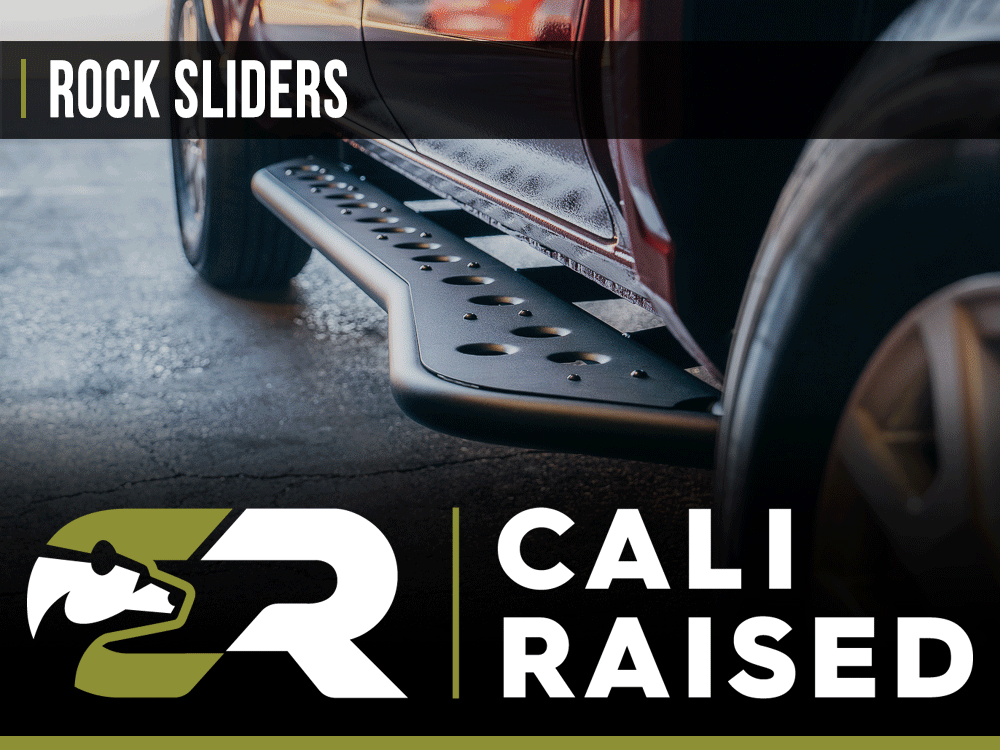Hello.
The first thing I am doing to my new 6thGen Hybrid is to figure out wiring for my auxiliary battery that will be charged using the REDARC BCDC1225D charger. I will be drawing from the startup battery, but I am trying to figure out if I can place the additional 30 amp demand on the DC/DC charger that brings power to that end of the vehicle. The REDARC can produce only 25 amps but it can technically draw 35 amps to provide the 25 amps at 12 volts.
I don’t think this would be a problem. If anyone has already done something similar I appreciate any suggestions.
Farzad
The first thing I am doing to my new 6thGen Hybrid is to figure out wiring for my auxiliary battery that will be charged using the REDARC BCDC1225D charger. I will be drawing from the startup battery, but I am trying to figure out if I can place the additional 30 amp demand on the DC/DC charger that brings power to that end of the vehicle. The REDARC can produce only 25 amps but it can technically draw 35 amps to provide the 25 amps at 12 volts.
I don’t think this would be a problem. If anyone has already done something similar I appreciate any suggestions.
Farzad










